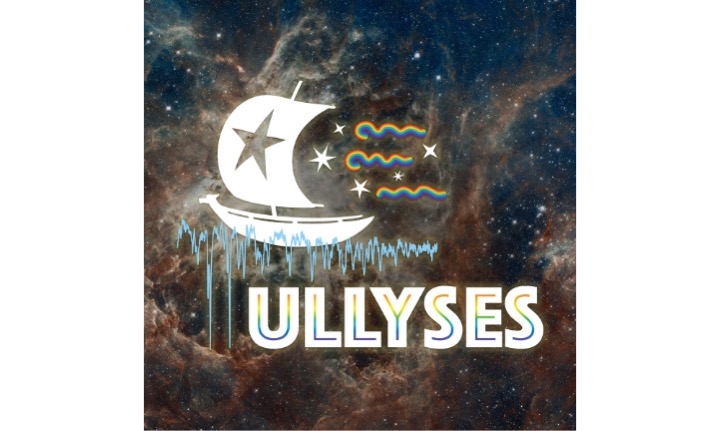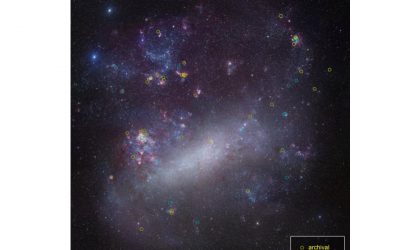ULLYSES

Principal Investigator:
Gregory Herczeg
Referente locale:
Antonio Frasca
The Hubble Space Telescope’s Ultraviolet Legacy Library of Young Stars as Essential Standards (ULLYSES) is a Director’s Discretionary program of approximately 1,000 orbits that will produce an ultraviolet spectroscopic library of young high- and low-mass stars in the local universe. The ULLYSES program will uniformly sample the fundamental astrophysical parameter space for each mass regime, including spectral type, luminosity class, and metallicity for massive stars, and the mass, age, and disk accretion rate in low-mass stars. The program is expected to execute over a three-year period, from Cycle 27 to Cycle 29. The design and targets of these observations were selected in partnership with the astronomical community, allowing researchers from around the world to help develop the final program as well as have the opportunity to organize coordinated observations by other space- and ground-based telescopes. Staff at the Space Telescope Science Institute (STScI), in charge of implementing this project, will generate public data sets and provide technical support to ensure these data enable, support, and stimulate a broad range of transformative research. The sum of these collaborative efforts will be a unique ultraviolet legacy data set with lasting value. The ULLYSES program was specifically selected to leverage HST’s unique ultraviolet capabilities in this area of research since both high- and low-mass stars feature different complex ultraviolet emission processes that strongly impact their surroundings and are difficult to model. The ultraviolet emission from star formation is central to a wide range of vital astrophysical problems, including cosmic reionization and the formation of planets.
Principali altri enti coinvolti oltre INAF
Persone OACT coinvolte nel progetto:
Antonio Frasca, Javier Alonso Santiago
Articoli correlati
Ullyses, un riferimento tra le stelle
Ullyses è un programma di osservazione del telescopio spaziale Hubble che prevede l’osservazione in luce ultravioletta di oltre 300 stelle, al fine di produrre una libreria di modelli spettrali di giovani stelle di piccola massa, localizzate in otto regioni di formazione stellare nella Via Lattea, e di stelle mature di grande massa, localizzate in diverse galassie nane vicine, comprese le Nubi di Magellano
Contatti
Osservatorio Astrofisico di Catania
Via Santa Sofia 78, 95123 Catania, Italia
(+39) 095.7332111
segreteria.direzione.oact@inaf.it
(PEC): inafoacatania@pcert.postecert.it
Per informazioni sul nostro sito: web.oact@inaf.it
Per informazioni sulla didattica e divulgazione: divulgazione.oact@inaf.it
